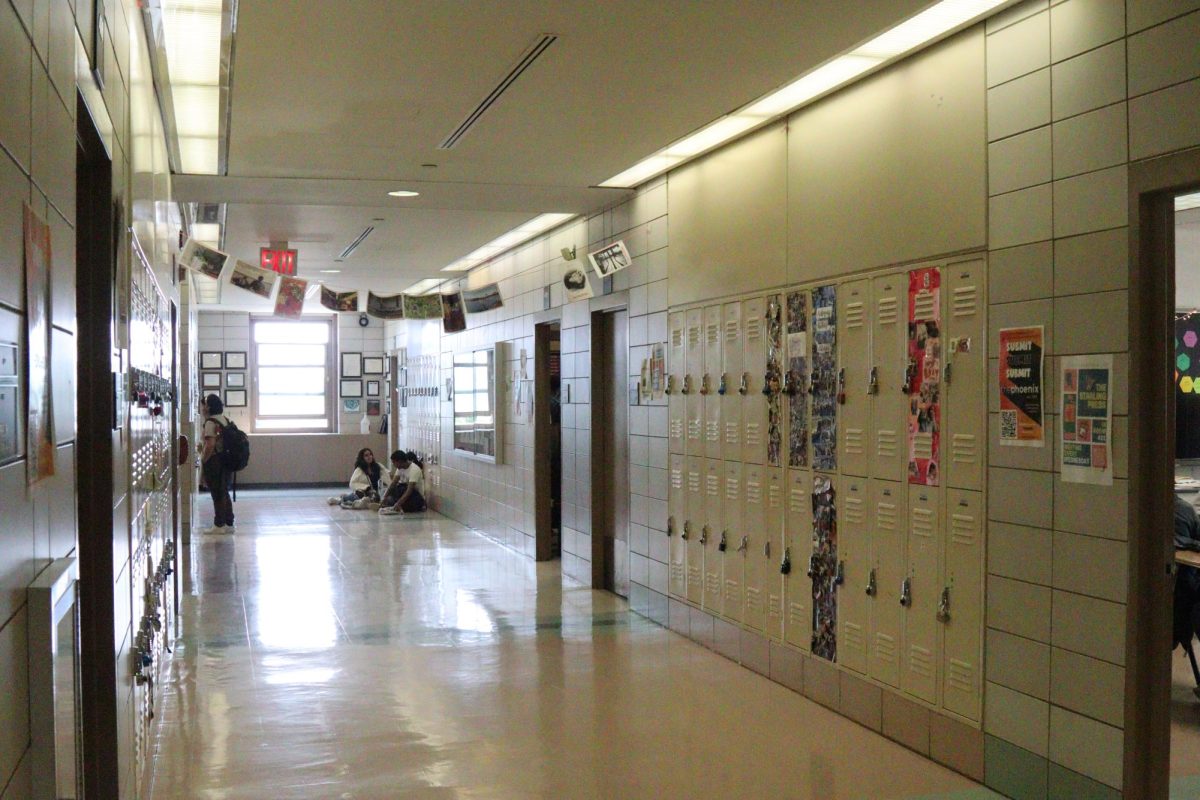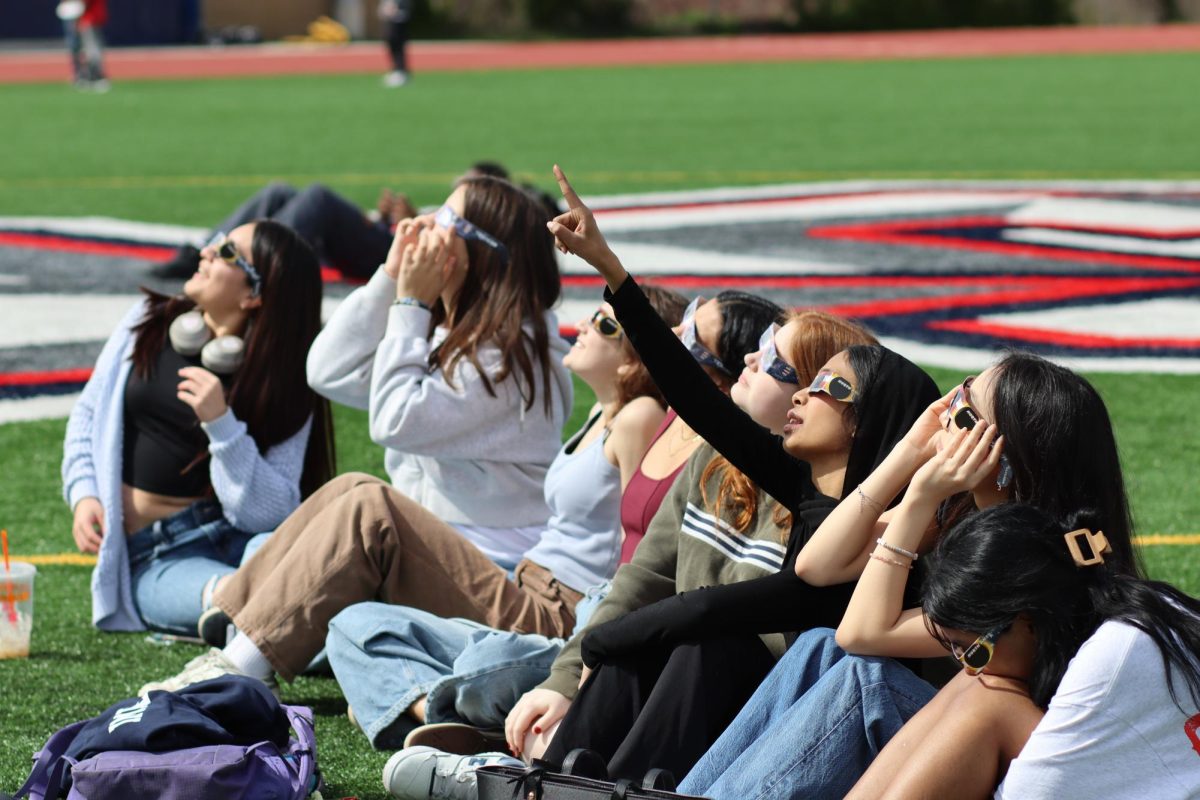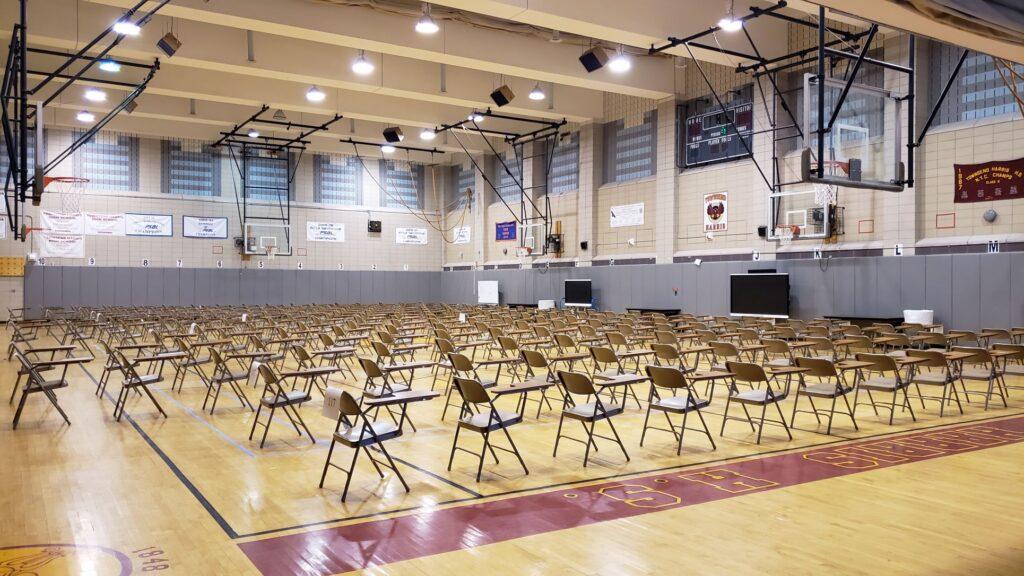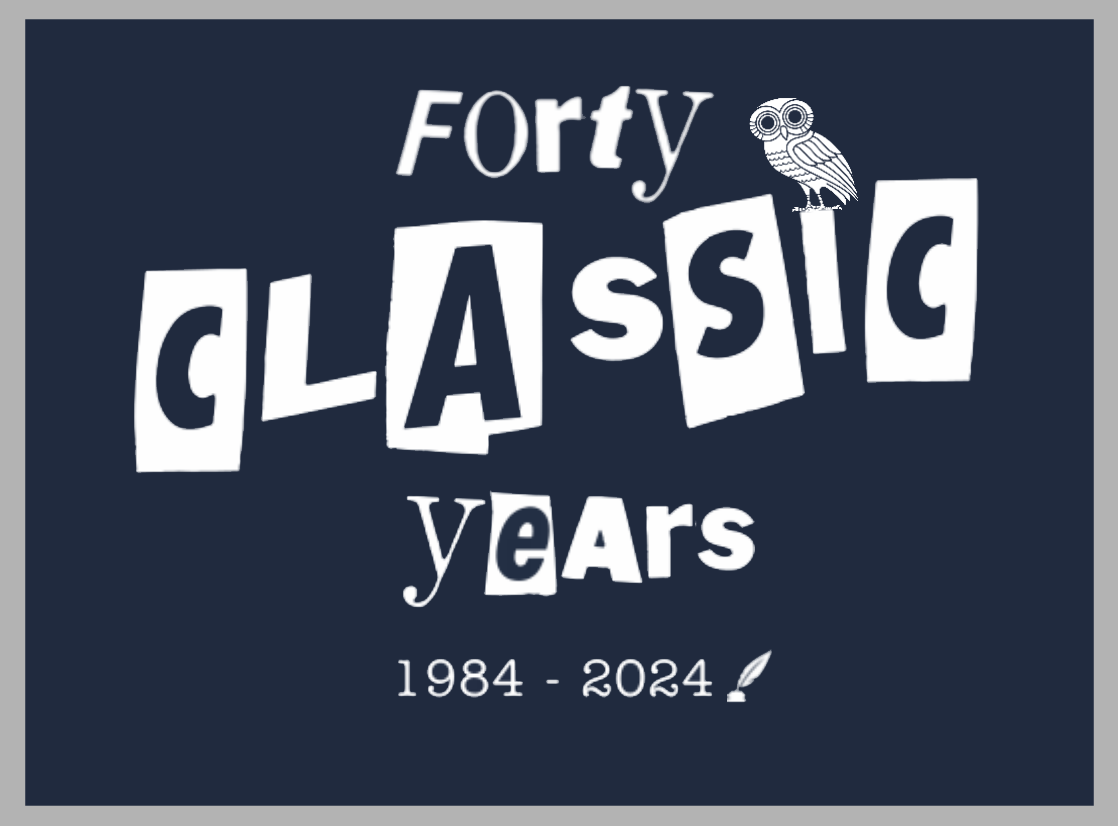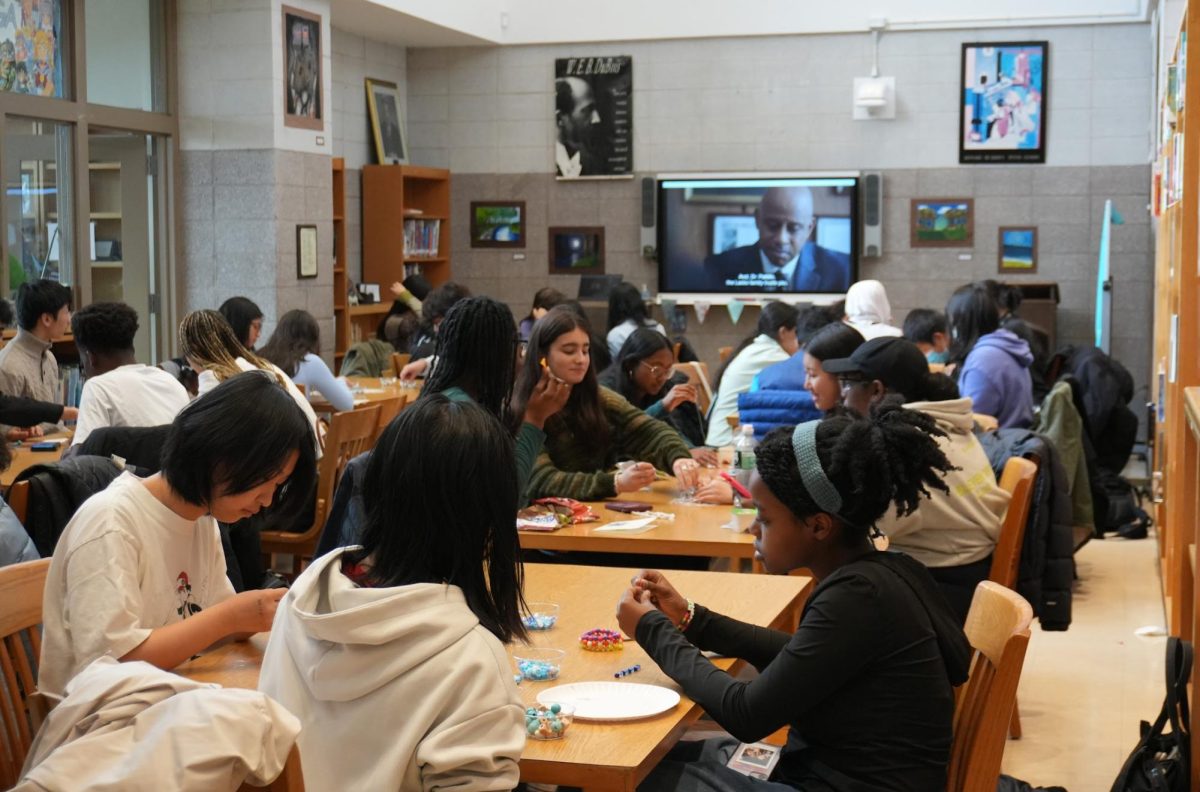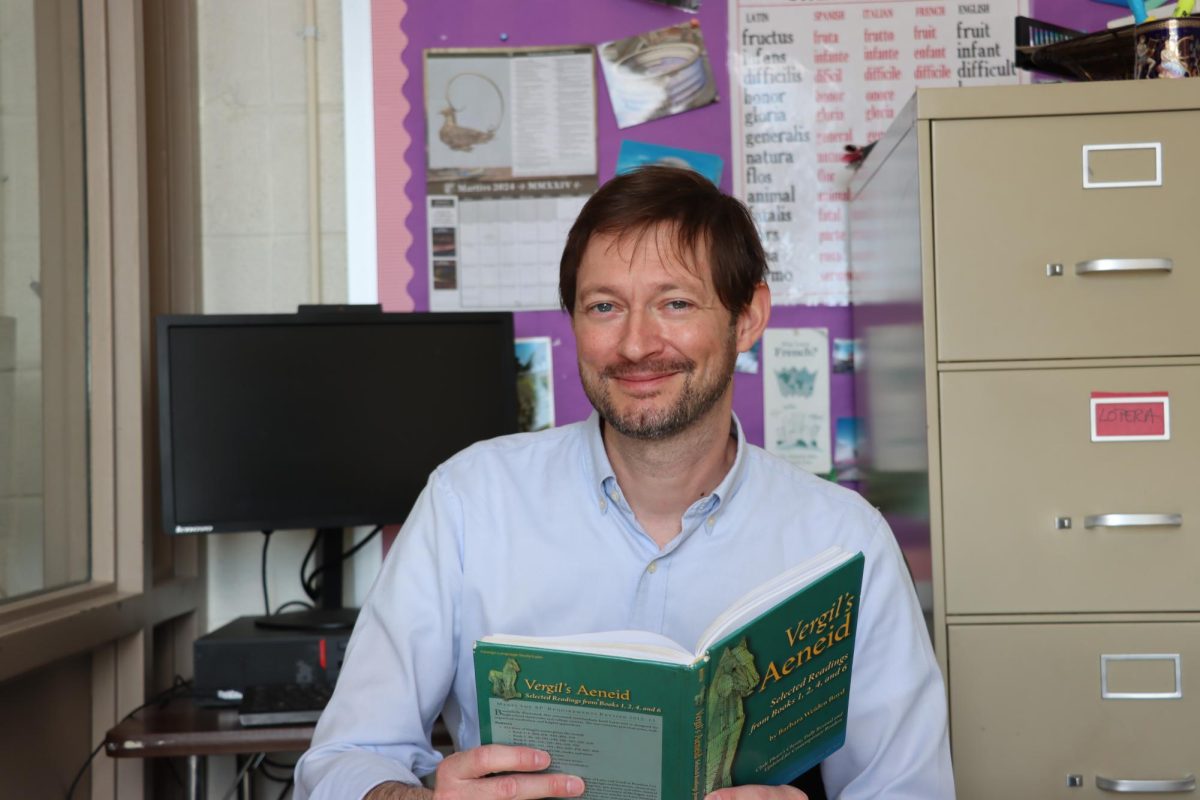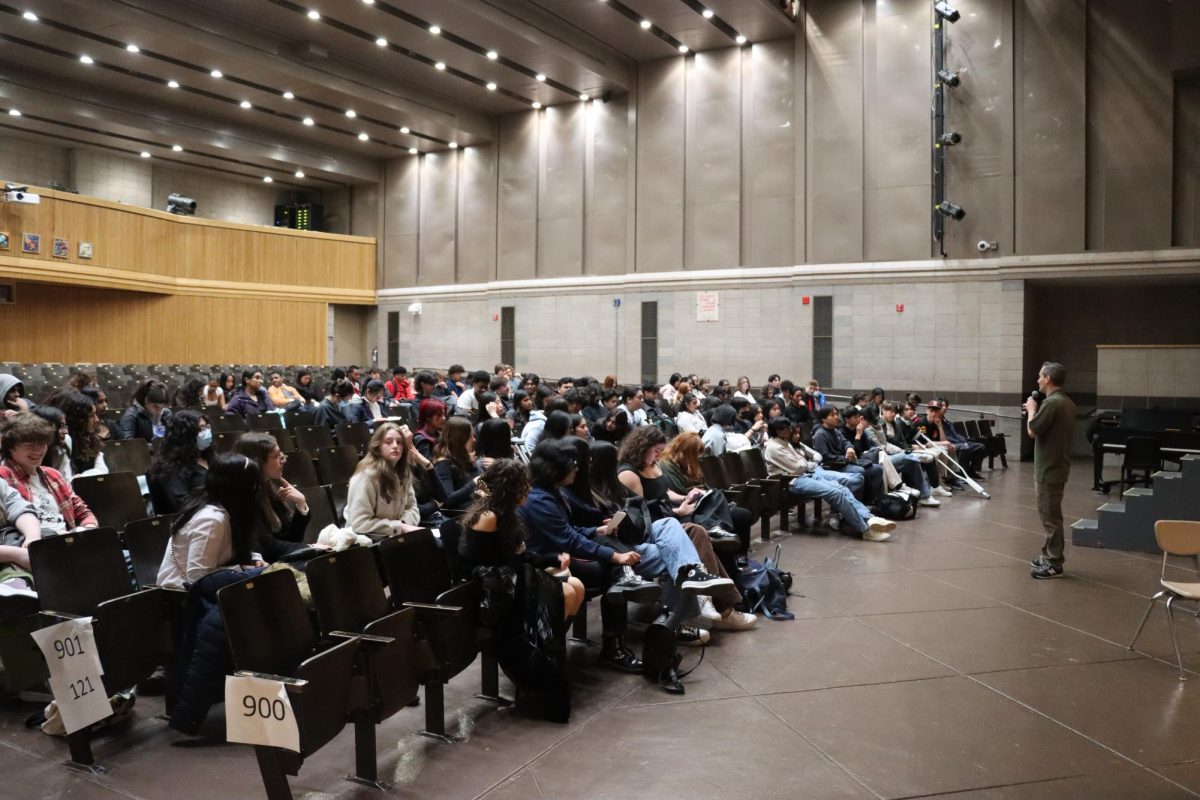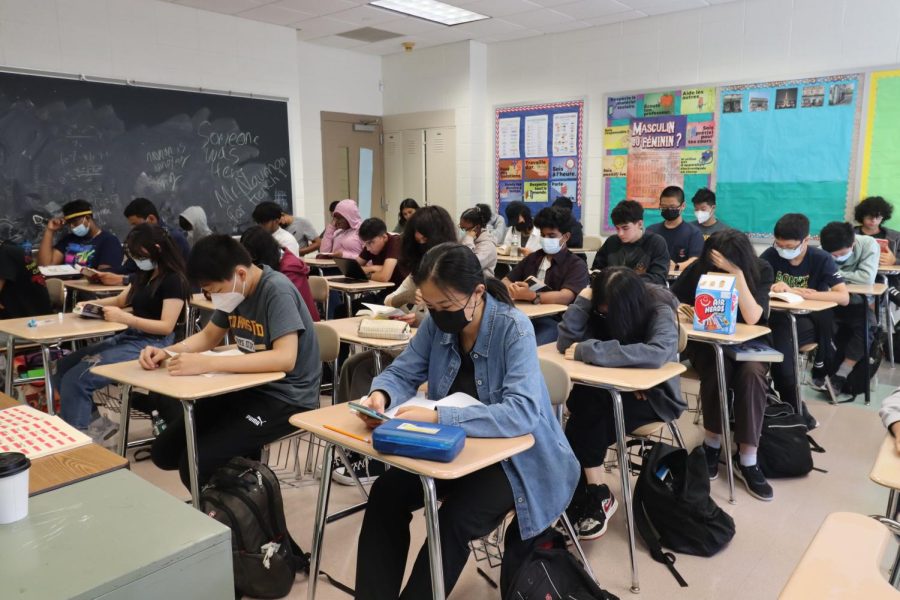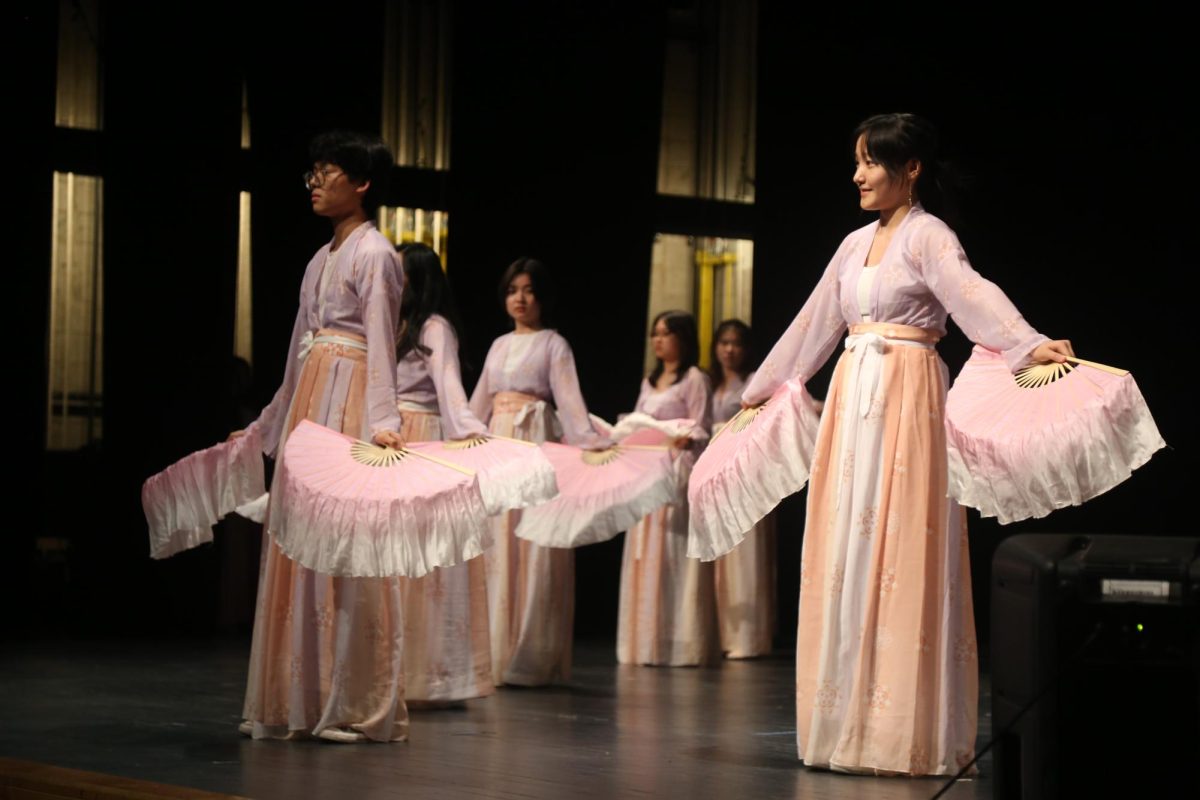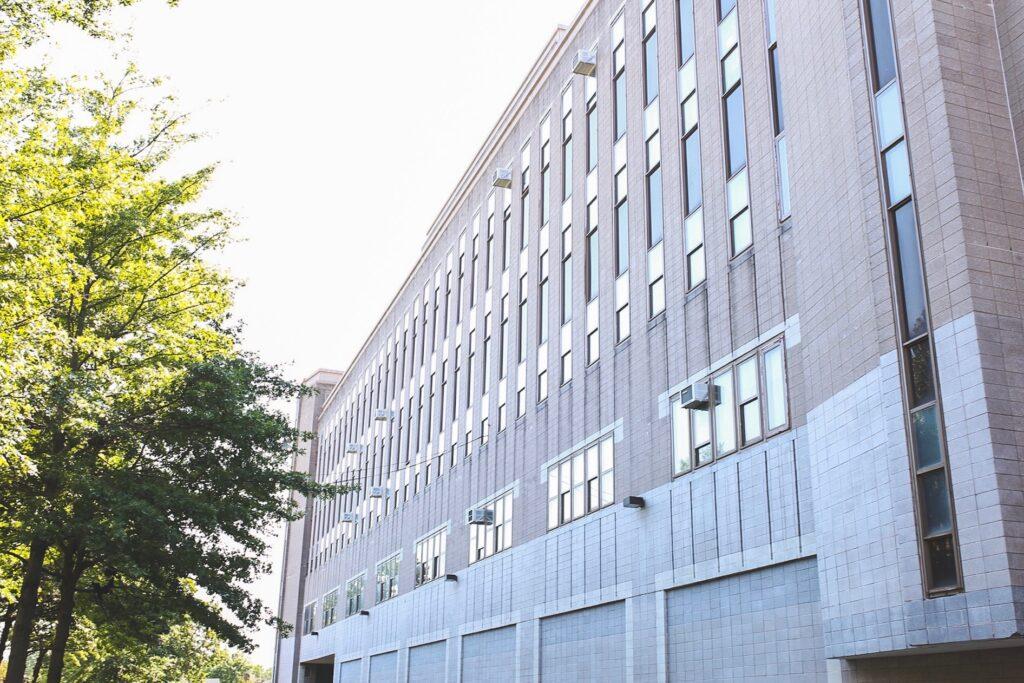
After the NYC Department of Education delayed the high school admissions process for all eighth-graders and ninth grade transfer students, the Townsend Harris administration decided to evaluate and admit students under a new screening process in the interest of promoting inclusivity and accommodating for student performance limitations caused by the COVID-19 pandemic. As the application process officially ended on March 1, the selection process is now underway.
Changes to the admissions process include variations in the evaluation and selection process for students. To increase inclusivity, low income students will be considered separately and will comprise 50 percent of the accepted students. The past ranking system will largely remain to screen all students (IEP students included); however, due to recent state testing cancellations and circumstances of remote learning, attendance will not be considered and student overall yearly grades (based mainly on sixth grade rather than seventh grade) will be weighed more heavily than state exams from previous years. A new system for the final determination of offers will involve a random selection. Low income students who are ranked highest are selected randomly for the first 50% of offers. The next 50% of offers will be selected randomly from both the highest ranking low income students and remaining students.
“The admission criteria is something that we’ve been speaking about for a long time. So, we have a bunch of equity and access teams and all three of them, admission criteria is one of their action steps,” said Assistant Principal of Guidance Veronica York.
Principal Brian Condon explained how the school had considered shrinking the areas where students were batched from school zones to individual middle schools in order to increase selection from underrepresented neighborhoods. However, the “legwork” for this type of stratification made it too difficult to implement. He added that he was given the choice to remove the screening process of the school, but never considered it because in addition to promoting inclusivity, the administration wanted to maintain the standards of a curriculum where all courses are accelerated. “The mission which is actually the most important part is a high quality, accelerated education. We can never lose sight of that, so that’s what I tried to keep in mind. Continue to try to maintain the high standards and the high accelerated curriculum, and at the same time provide more access to students, groups of students that just traditionally haven’t had access.”
He added that he expects the number of applicants to increase from 8,000 to 10,000 students. He, however, stated that the grade size most likely won’t increase due to a space and classroom constraints in the school building.
According to Ms. York and Assistant Principal of World Languages and ISS Georgia Brandeis, the selection process will be conducted by the New York City Department of Education (NYC DOE), not the THHS administration.
“You’re making sure you hit the 50% mark [for low income students] and then it’s randomized for the rest,” said Ms. York. “So it’s gonna be at least 50% [low income students] so there’s that version of diversity, then it’s the racial diversity as well which, we worked with enrollment in multiple meetings running data and crunching numbers.” Ms. Brandeis added that she hopes these changes will direct the school towards becoming more inclusive and thus diverse.
The school worked with the DOE to run a simulation using last year’s THHS applicant pool to see if the new method would produce a more racially diverse student body. According to Ms. York, the simulation projected that the new system would have produced a nine percent increase in admissions offers to Latinx students, and a one percent increase in Black, Indigenous, and People of Color in this year’s freshman class. Ms. York did not disclose how offers to other demographic groups were affected in the simulation.
“We’re trying so hard to make criteria that make sense and that reflect everyone and are diverse. But we also have to up the ante on who applies, just go out there and make sure all neighborhoods know our school, have info about our school, [and] want to apply,” said Ms. Brandeis.
She also said that the new system applies to more parts of the city. “The really great thing about doing ‘batch-ranking,’ this ranking of one that fits certain criteria and making that random, is that you’re now picking from all over the city,” said Ms. Brandeis.
When asked whether these changes will be permanent, Ms. York said that it will depend on whether the admissions process is successful in promoting diversity. However, she did note that this year’s admission process will consider students’ overall performances or final average to a greater degree than previous years.
In the THHS website, the ranking system uses the academic performances of students to create composite scores that are used to split students into different “batches”. Students in “batch” 1, the highest pool that ranges from scores of 91 to 100 percent, are selected first. If there are remaining spots, this process is repeated for the next lowest ranking pools until all spots are filled. 40 percent of this ranking will be determined by sixth grade State Test scores, 50 percent by applicants’ final sixth-grade report card, and 10 percent by seventh-grade first term grades (in previous years, attendance also factored into this score). For incoming sophomore applicants, seventh-grade state test scores and final marking period scores will factor into 40 percent and 50 percent of ranking scores respectively, with eighth-grade marking period scores making up the final 10 percent.
The Alumni Association has also formed a new committee called the Do Better Together Committee, which is aiming to reach out to students and guidance counselors from school districts that have historically been underrepresented at THHS and encourage them to apply. The Equity and Access Team is also involved in this outreach initiative.
Ms. York said, “We’re really hoping that more students apply so that we can represent all of NYC but our hope is that this admission criteria will yield us a more diverse student body. We’ve gone through the number in our simulated data, it does exactly do that, so that makes us really happy and that we’re making steps in the right direction. This is a decision that we did speak about with our E&A teams, and we’re all pretty excited about it.”

